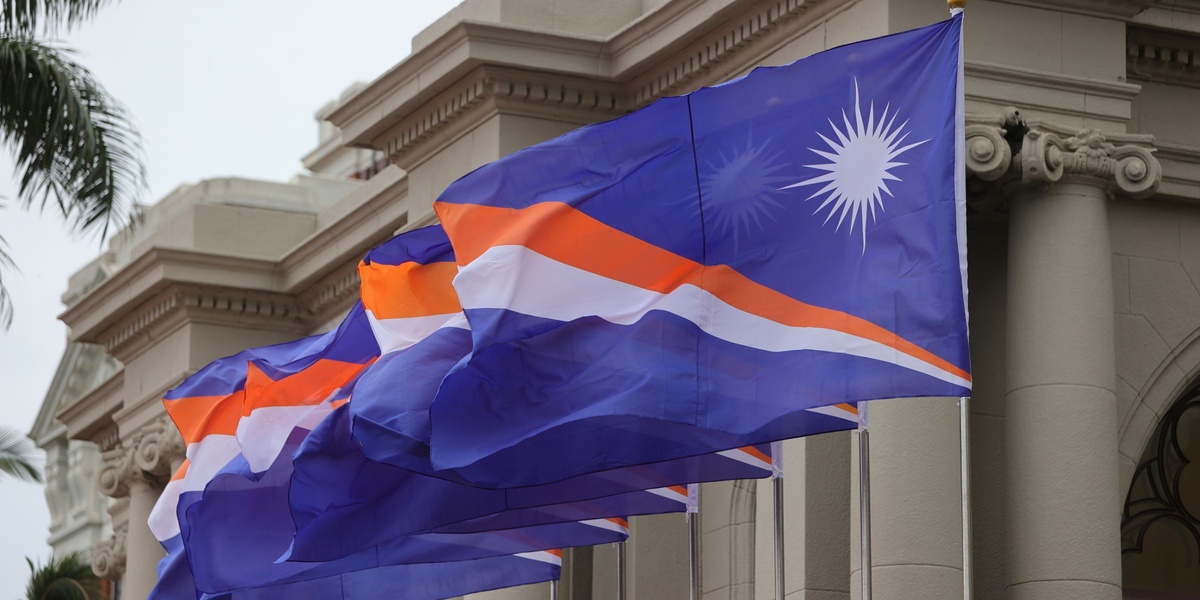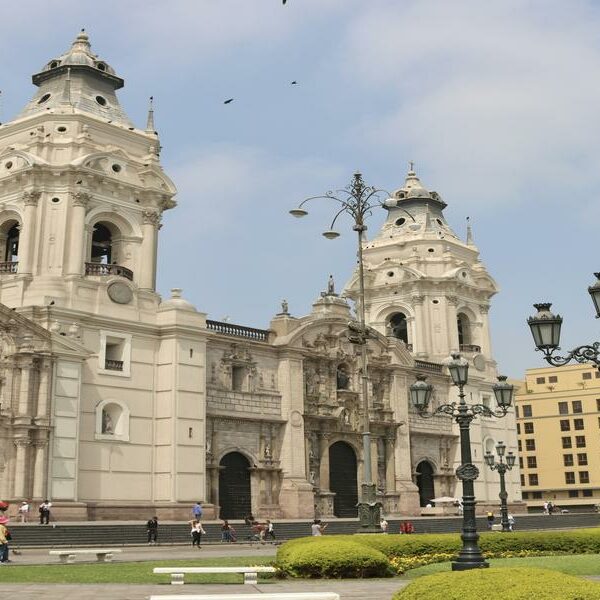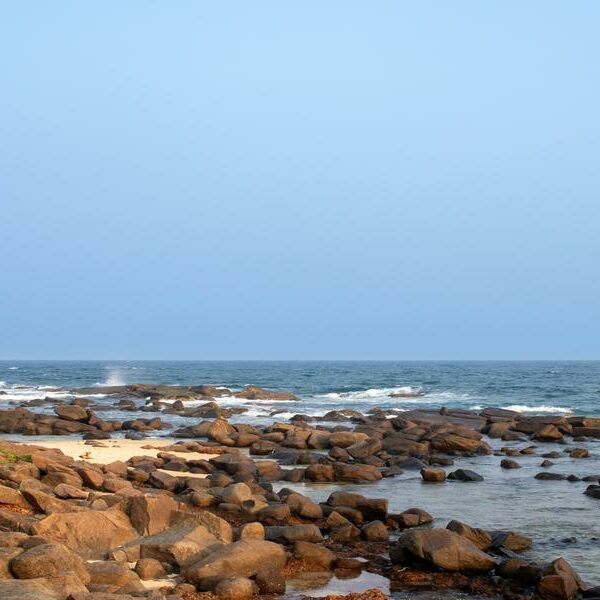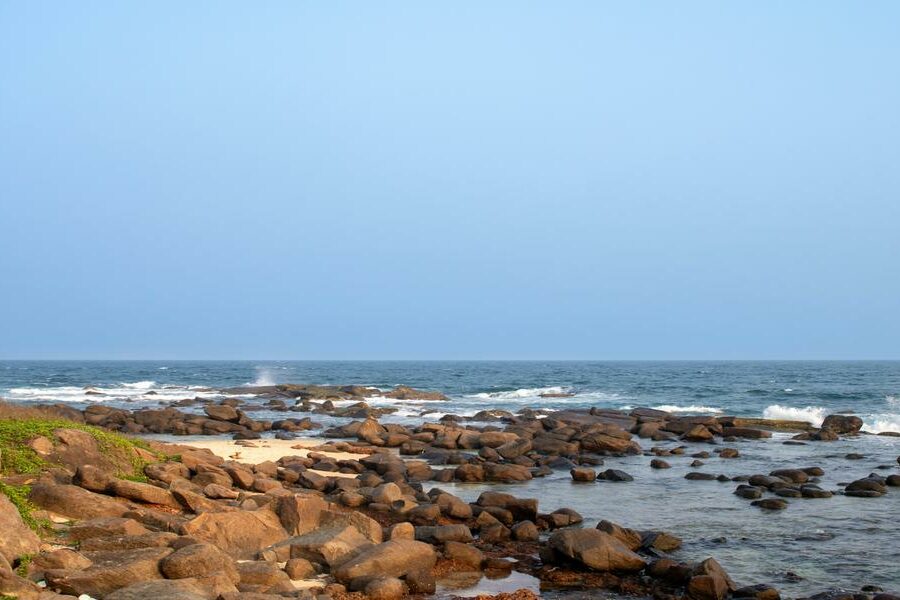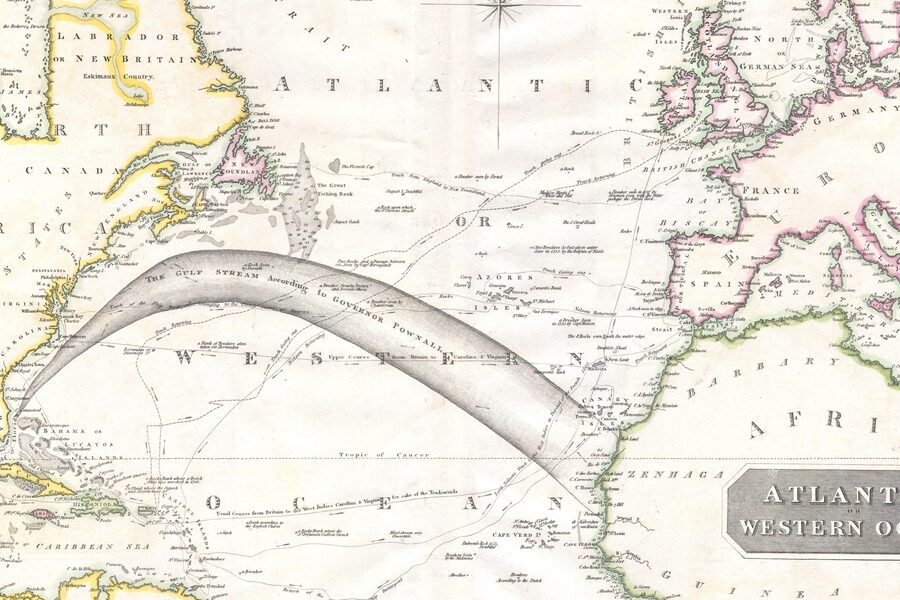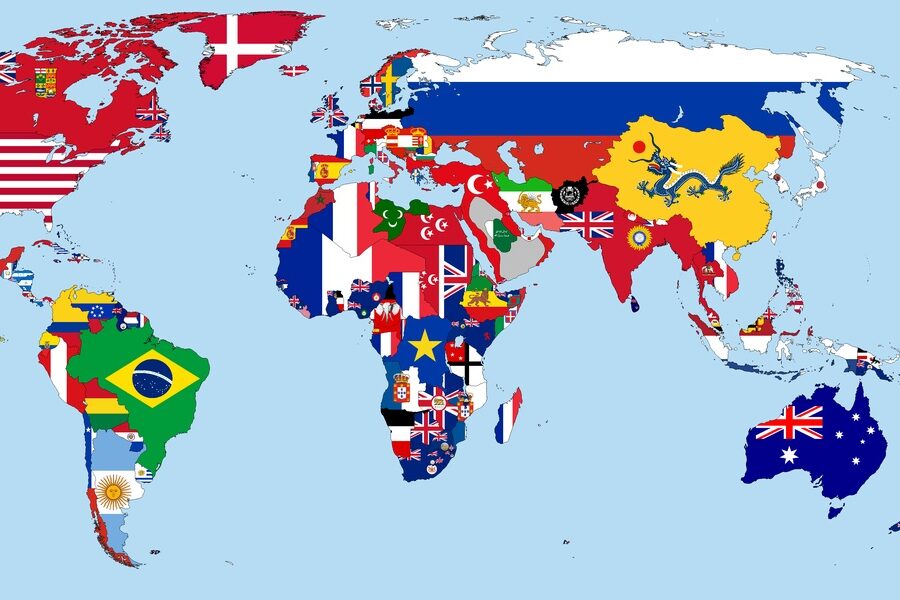No current independent countries have flags that feature the exact combination of blue, orange, and white as their primary colors. This specific trio of colors is quite rare in national flags, making a straightforward list impossible to compile under these strict criteria.
The rarity of such flags results from the distinct symbolism and design traditions each country follows. Blue, orange, and white together often do not appear because many countries design their flags to represent unique historical, cultural, or natural elements, and these three colors rarely align to fulfill those symbolic needs simultaneously. For example, while blue and white are common flag colors, orange is less frequently paired with them in national emblems.
However, some close alternatives do exist. The flag of the Marshall Islands includes blue and orange along with white accents, but the orange is limited and might not be the dominant color for every interpretation. Additionally, certain territories and regions, like Anguilla, feature blue and white prominently with hints of orange in emblems or seals. Other countries, such as South Africa, include orange, blue, and white alongside other colors, offering a near match worth exploring.
If you are interested in flags that showcase these colors individually or in different combinations, examining designs from territories, regional flags, or countries with multicolor patterns may provide more examples. Exploring the symbolism behind blue, orange, and white in flags can also offer fascinating insights into cultural meanings across the world.

